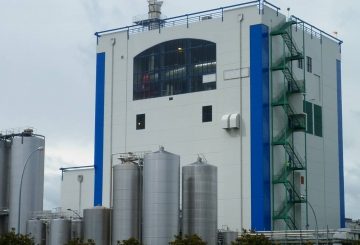你注意到飞行员湾和主山海滩的新 “NO DOGS” 贴纸了吗?这些贴纸是用来保护新西兰杜特尔的,这种鸟类在该国只剩下2500个个体。芒格努伊山是这些鸟类的热门筑巢地点,陶朗加社区正在努力增加它们的种群。让狗远离是这项工作的关键部分。
美因山海滩也是牡蛎捕手和数百只小蓝企鹅的家园,它们在岩石中筑巢和觅食。Mauao 和 Moturiki 栖息着一群灰脸海燕,考虑到它们靠近城市生活和当地咖啡馆,这真是太了不起了。
由于该地区是野生动物保护区,因此狗可能会干扰这些受保护物种的筑巢和繁殖。因此,陶朗加市议会的动物服务团队提醒养狗者,将他们的狗带入这个野生动物保护区将被处以300美元的罚款。不允许狗进入芒格努伊山主海滩的沙丘、草地或木板路,也不得进入皮洛特湾道路和海滩之间的草地或木板路。
参观这座山时,一定要注意标牌,标明狗在哪里可以和不允许进入。或者,您可以访问陶朗加市议会网站以获取更多信息。在陶朗加的任何公园、保护区、海滩或公共区域,都可以在没有皮带的情况下对狗进行训练,但被确定为带皮带或禁止的区域除外。
请记住,保护野生动物是我们的责任。散步时一定要随身携带牵引,如果接近另一只狗、动物或人,请附上它。别忘了带一个塑料袋来接你的狗。
虽然允许狗进入美因山海滩的Marine Parade咖啡馆一侧,但不允许它们进入道路的海滩一侧。陶朗加还有很多其他地方可以带狗去散步。请注意规章制度,确保我们野生动物的安全和福祉。






























































